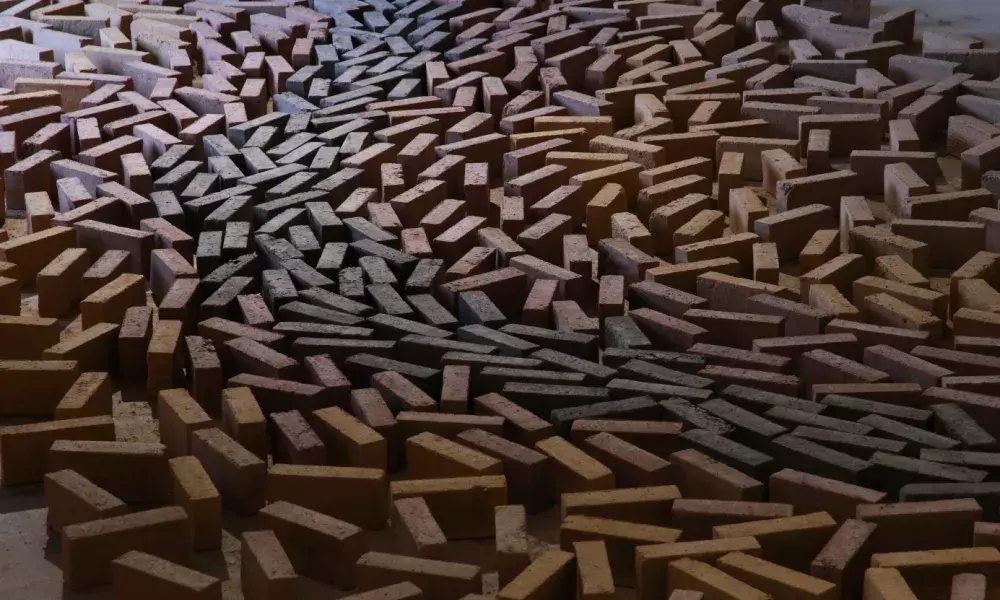UIA projects experimenting bold solutions for a Circular Economy – Part 1

Promoting Circular Economy has become an important issue at EU level and is one of the key thematic areas of the Cohesion Policy. UIA contributes to this objective through its supported projects. In its communication ‘Closing the loop – An EU action plan for the Circular Economy’, the European Commission for instance defined a number of priority areas for intervention, including construction and demolition waste – which this article will notably focus on -, as well as the need to find innovative ways to create the conditions for circular economy throughout the value chain.
The EU Urban Agenda also recognised the importance of this topic for European cities. A dedicated Partnership on Circular Economy was established and its draft action plan is currently open for consultation (deadline: 15 March 2018). In the perspective of establishing a closer relationship between UIA and the Urban Agenda partnership, we are keen to share this article written by its coordinator Håkon Jentoft.
Cities are indeed heavily dependent on external resources to meet the demands of their citizens for food, construction, water and energy for instance. It is also in cities where most goods are consumed generating large volumes of waste. Urban authorities therefore provide the ideal context for the development of the circular economy thanks to their close proximity to their inhabitants, service providers, and businesses.
For years cities have been pushing ahead with local initiatives and projects and have been leading from the front on the issue of transition to a more circular economy. UIA aims to help accelerate this transition by testing new bold and innovative solutions.
In the 2nd Call for Proposals, eight Circular Economy projects have been supported addressing different sub-topics. This edition of the newsletter will look more specifically at four of these projects, all working on the ‘Circularisation’ of Excavation, Construction & Demolition waste materials (one of the most popular topics among received applications as outlined in the Policy trends paper on Circular Economy application).
This brief article will explore how these four selected projects contribute to achieving a more Circular economy by using construction and demolition waste to create new uses for soil and construction.
The city of Sevran will set up an innovative industrial plant to transform excavation materials from local major urban development works (e.g. from the construction of new metro stations in the framework of the Greater Paris project) into certified earth building materials. Three main earth building materials will be produced: bricks, panels of clay, wall coating and tested in demonstration buildings.
New industrial processes will also be designed and tested in the city of Velez-Malaga where a treatment plant will be built to treat construction and demolition waste, including from illegal dumpings. This treatment plant will produce a certified high quality recycled aggregate, used in the pilot regeneration project of the Mezquitilla beach, together with environmental and socio-economic regeneration programmes.
The Dutch city of Kerkrade will look at circular demolition opportunities for social housing associations, aiming at 100% reusing and recycling of materials acquired from the demolition of an outdated social housing high-rise flat. Four different reuse/recycle techniques using materials acquired from the circular demolition of one of the high-rise social housing buildings will be tested during the construction of four pilot housing units. These techniques will be compared in order to assess their viability and replicability in other EU cities.
In Slovenia, the city of Maribor aims to produce urban soil from different city’s waste (biodegradable waste, organic waste, and waste from excavated urban material). A pilot technological system will be developed in a new plant to produce certified urban soil from these different types of waste. This soil will then be used in four urban gardens, which will be the support and central points of the city’s urban food strategy. An agri-living lab will be established to develop and test innovative pilot concepts, such as urban flowers for urban bees, micro urban gardening and urban soil rehabilitation, while simultaneously supporting innovative start-ups working in the field of circular economy.
You can find out more about what the projects are implementing by visiting their individual webpages here. In our series of interviews find out first-hand how the UIA projects are impacting the local context they are applying their solution in.
About this resource
The Urban Innovative Actions (UIA) is a European Union initiative that provided funding to urban areas across Europe to test new and unproven solutions to urban challenges. The initiative had a total ERDF budget of €372 million for 2014-2020.
Similar content




